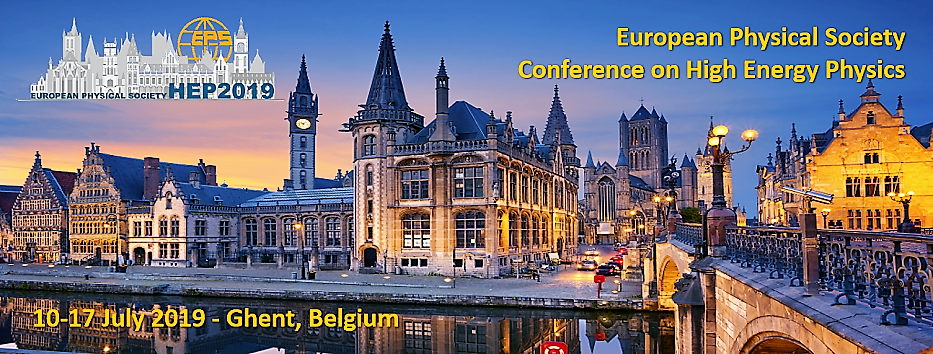Speaker
Description
The COMET experiment at J-PARC searches for the neutrinoless coherent transition of a muon to an electron in the field of an aluminum nucleus, which violates the lepton flavor conservation and has never been observed yet so far. The conversion rate is predicted to be enhanced in new physics models beyond the Standard Model, while the process is extremely suppressed in the Standard Model. The goal of the COMET Phase-I is to explore the muon-to-electron conversion with a single event sensitivity of $3 \times 10^{-15}$, which is 100 times better than the current limit.
In the COMET Phase-I, the converted electrons, which possess monochromatic momentum of 105 MeV/$c$, are detected with a cylindrical drift chamber (CDC) in a solenoidal magnetic field of 1 T. An inevitable physical background is the decay-in-orbit electrons emitted from the normal 3-body muon decay in an atomic orbit. The momentum distribution of the decay-in-orbit electrons has a high-momentum tail which is able to reach nearly 105 MeV/$c$. In order to distinguish the signal from the background, good momentum resolution of 200 keV/$c$ is required. Therefore, the CDC is designed to reduce the amount of material to suppress the multiple scattering effect. We adopt a gas mixture of He:iC$_{4}$H$_{10}$ (90:10) as well as unplated 126-$\mu$m aluminum field wires and a 0.5-mm thin inner wall made of carbon-fiber-reinforced plastic. In addition, an alternated all stereo layer configuration for 20 layers in total is adopted to achieve good spatial resolution for the axial direction.
The construction of the CDC was successfully completed, and thereafter performance tests using cosmic rays are being carried out. We have achieved spatial resolution of 170 $\mu$m and efficiency of 95% so far. A future commissioning plan of the CDC will also be presented in this talk.
